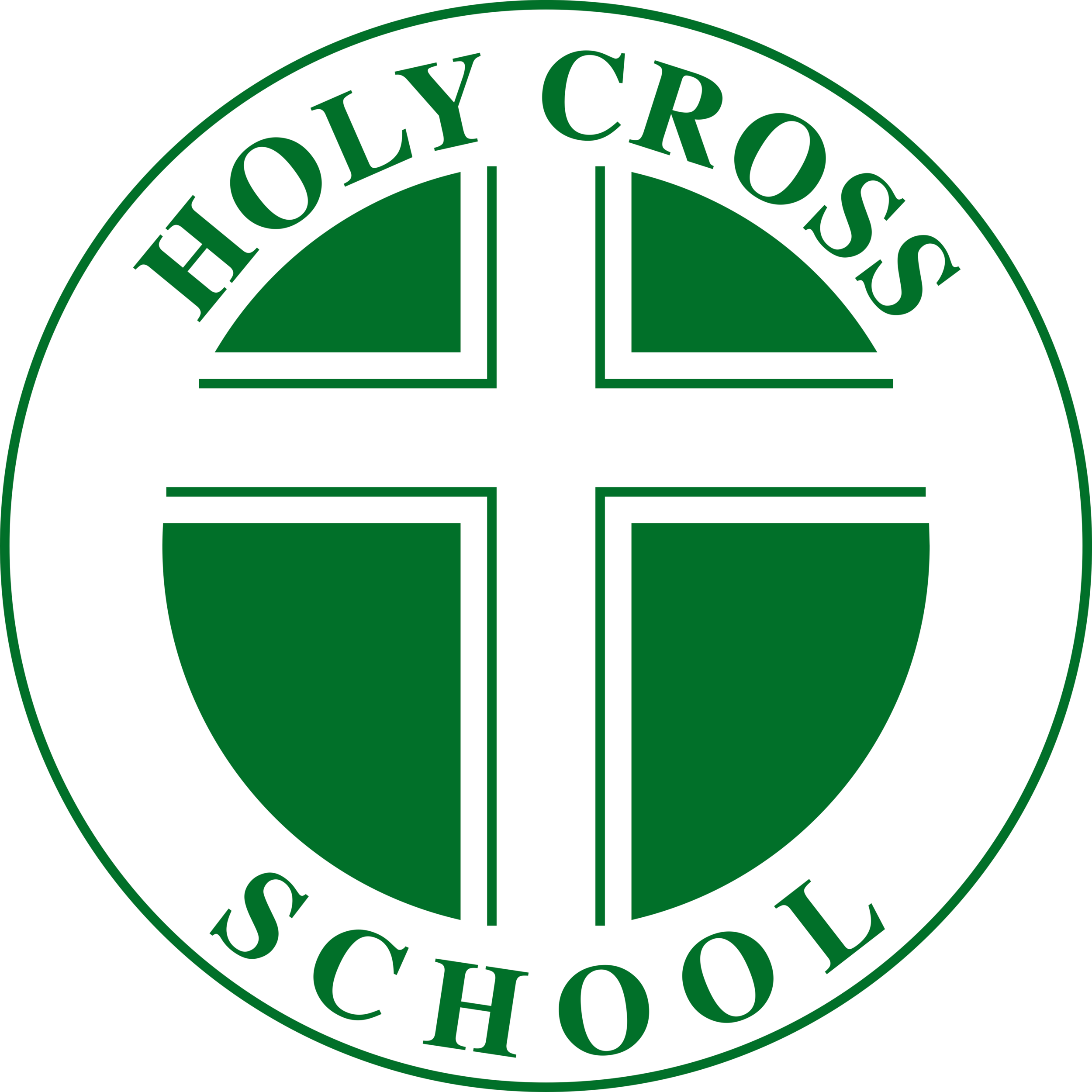The Fifth Grade curriculum is designed to challenge and foster inquisitive learning opportunities as students begin to prepare for middle school. There are many cross-curricular lessons that allow students to use real-world application skills. All lessons are differentiated and taught with Gardner’s Multiple Intelligences in mind in order to allow every type of learner to feel successful in an inclusive classroom setting.
Language Arts
The reading program follows the Reader’s Workshop format, which helps students develop effective strategies for processing increasingly challenging levels of text. The ultimate goal of reading workshop is to help every student learn how to use reading strategies independently and successfully describe and connect the essential ideas, arguments and perspectives of the text by using their knowledge of text structure, organization, and purpose. Students use a variety of grade-level appropriate novels of various genres as well as the Treasures reading program.
The class uses Sadlier grammar series to identify sentence structure, paragraph structure, and mechanics of writing. Students have a weekly Writer’s Workshop to enhance creative journal writing and writing for a variety of purposes including narrative, response to literature, inform, and persuade, all while using standard English conventions.
Spelling and Vocabulary word study derives from a literature-based vocabulary workbook series and the Words Their Way Spelling Series. In spelling, students study word origins, context clues, prefixes, suffixes, syllables, and spelling patterns. Vocabulary study includes finding and learning definitions through context clues and the dictionary.
Math
Math is differentiated at either an on-level or above-level pace. Fifth Grade uses the enVisionmath 2.0 program to focus on creating a solid number sense of decimals and fractions, and the relationship between the three. Students solve problems involving addition, subtraction, and multiplication and division of whole numbers, decimals, and fractions. In addition, students use two-dimensional coordinate grids to find and graph ordered pairs. They also measure, identify and draw angles using protractors. Lastly, they identify, describe and classify the properties of plane and solid geometric shapes and the relationships between them.
To enrich problem solving skills, students complete many real-world project based learning assignments that challenge them to collect, display, analyze, compare and interpret information. Students must apply learned strategies and apply them to real world scenarios.
Science
Students use "Science Study Weekly" newspapers to dig deeper into earth, life, and physical science. They investigate changes of the Earth, its processes, and what shapes it. In addition, they also explore the stars, planets, and the solar system. Students explore, describe, and classify states of matter by conducting experiments that focus on physical and chemical changes. Students begin to study Newton’s Laws of motion to identify the relationship between forces and energy. In addition, they classify organisms based on similarities and differences and the ways they adapt to their environments. Students incorporate many hands-on science projects and experiments on a weekly basis to apply the learned topics.
Social Studies
The class uses the McGraw Hill textbook series to discuss American History through the development of the Constitution. The curriculum studies American Indian cultures, European exploration, colonization, settlement, revolution against British rule, the founding of the Republic, and the beginnings of the United States. Students develop a solid understanding of the main components and characteristics of the United States government, and can identify and explain key ideas in government from the colonial and founding periods that continue to shape civic and political life.
Religion
Students use Loyola Press’s Christ Our Life religion textbook to grow in our appreciation of the Church as a worshiping community. They learn about the four pillars of the Church: the Apostle's Creed, Sacraments, Commandments, and Prayer and discuss and understand that Christ is present among us in the Eucharistic Liturgy and in the sacraments. Students discuss all the parts of the Mass and their significance as they prepare to receive the Eucharist. In addition, the students participate in the planning and preparation of the school liturgies throughout the school year. They develop a deep understanding that we can worship God through prayer, loving service, and celebrating the liturgical seasons.
Enrichment classes: P.E., Art, Music, Technology, and Spanish
Teacher: Brennan Striegel
Brennan Striegel earned her Bachelor's degree in elementary education from the University of Dayton in 2019. In addition, she earned a certificate in dyslexia and reading instruction.
Miss Striegel began her teaching career in 2019 at Holy Cross as the Fifth Grade teacher. In addition to Fifth Grade, she teaches religion to the Third and Fourth grades. She attended Holy Cross from Kindergarten through Eighth Grade and is thrilled to be back at Holy Cross where she found her love of learning and her desire to become a teacher.
Miss Striegel is passionate about creating a classroom environment where students feel safe, supported, challenged, and confident.
Writing Teacher: Clare Hogan
Clare Hogan is a 2008 graduate of Holy Cross Elementary and a 2012 graduate of the Academy of the Holy Cross. She received her Bachelor of Arts in English with a minor in Museum Studies from Saint Mary's College of Maryland in 2016. From there, she went on to receive her Master of Fine Arts in Poetry from the University of Michigan Helen Zell Writers Program in 2018, where she also completed a yearlong Zell Postgraduate Fellowship in Creative Writing. During graduate school, Miss Hogan taught classes in composition and creative writing at the undergraduate level. She also worked in literary editing and publishing with the Michigan Quarterly Review and ran several different literary reading series. Her work has received an Academy of American Poets Prize and appears in numerous journals. Miss Hogan is excited to teach writing to grades three through five this year. She believes writing and language to be the foundation for learning, communication, and expression across subjects and fields, and hopes to make her classroom dynamic, cross-disciplinary, and fun for each of her students.




